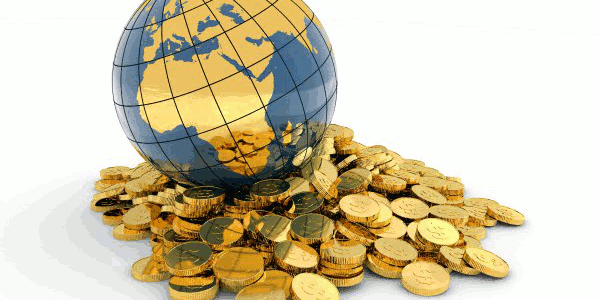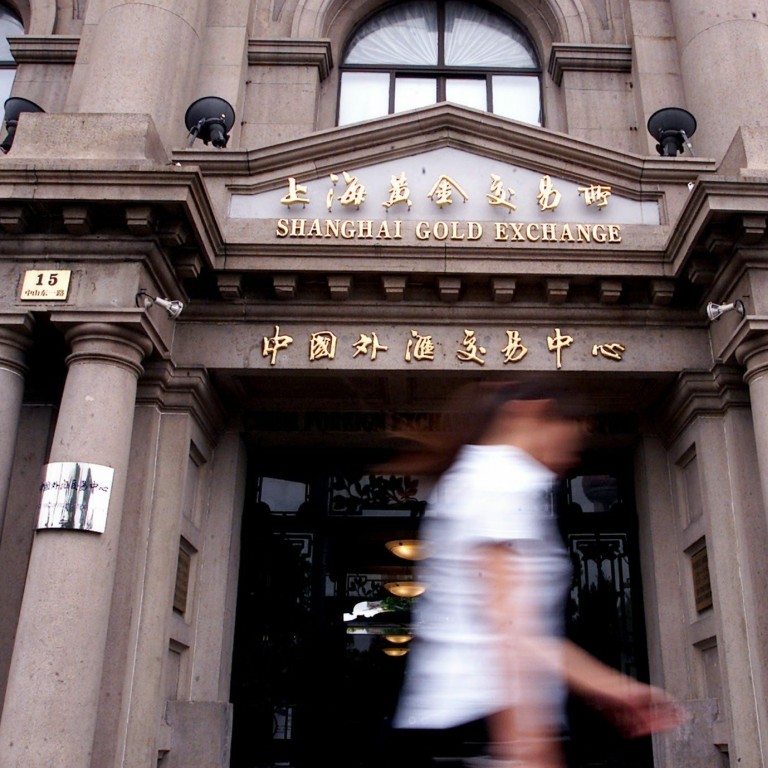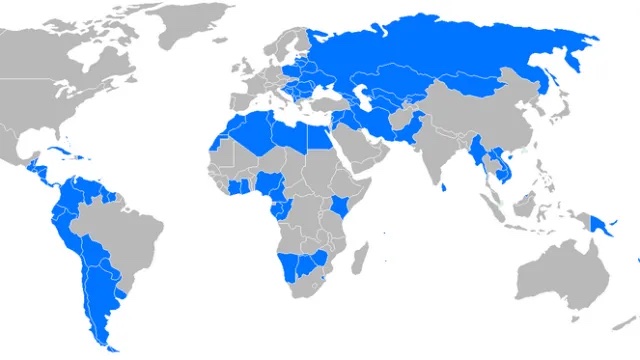China’s FX reserves data for June, released on July 7th, clearly suggest that capital outflows may be picking up. Adjusting for FX changes, Chinese reserves fell by $8-10 billion, following several months of increases.
This decline is modest and may reflect end-of-quarter adjustment, but it may also indicate further capital restrictions and tightening.
Published official statistics note that Chinese FX reserves continued a slow rise to $3.057 trillion last month, however, FX valuation seems to account for all of that change and then some. Adjusting for FX moves last month, 4CAST-RGE, a global macro research consultancy, estimates China’s reserves fell by about $9 billion, the first monthly drop since January (when they fell almost $20 billion).

Upcoming data on the FX positions of banks will provide more clarity on the overall pace of FX flows. However, they might suggest that the crackdown on shadow banking is contributing to outflows, as fewer assets look attractive onshore.
A $10 billion net capital outflow is a far cry from the sizeable drawdowns in 2015 and 2016. It is also possible that the FX drop reflects “benign trends” of corporate dollar repayments or end-of-quarter window-dressing.
Overall, FX reserves in emerging Asian economies have been inching up over the last quarter, and custodial holdings of U.S. Treasurys have been rising. This suggests foreign central banks are finding higher-yielding Treasurys attractive.
Upcoming credit data will provide some clarity. Overall, we expect that total financing to the economy moderated in June. With tighter supply, high local financing costs and cash-hoarding to meet regulatory requirements, 4CAST-RGE expects to see continued softness and growth moderation.
“We continue to expect some weakening of China’s currency against the US dollar later this year. A further acceleration of outflows would increase the risk of more capital measures and restrictions,” Rachel Ziemba, managing director of emerging market research with 4CAST-RGE wrote in a note to clients.
“The growth impact of tighter credit is likely to be more meaningful than that of outflows.’
DATA IMAGE CREDIT: Haver Analytics/Roubini Global Economics








